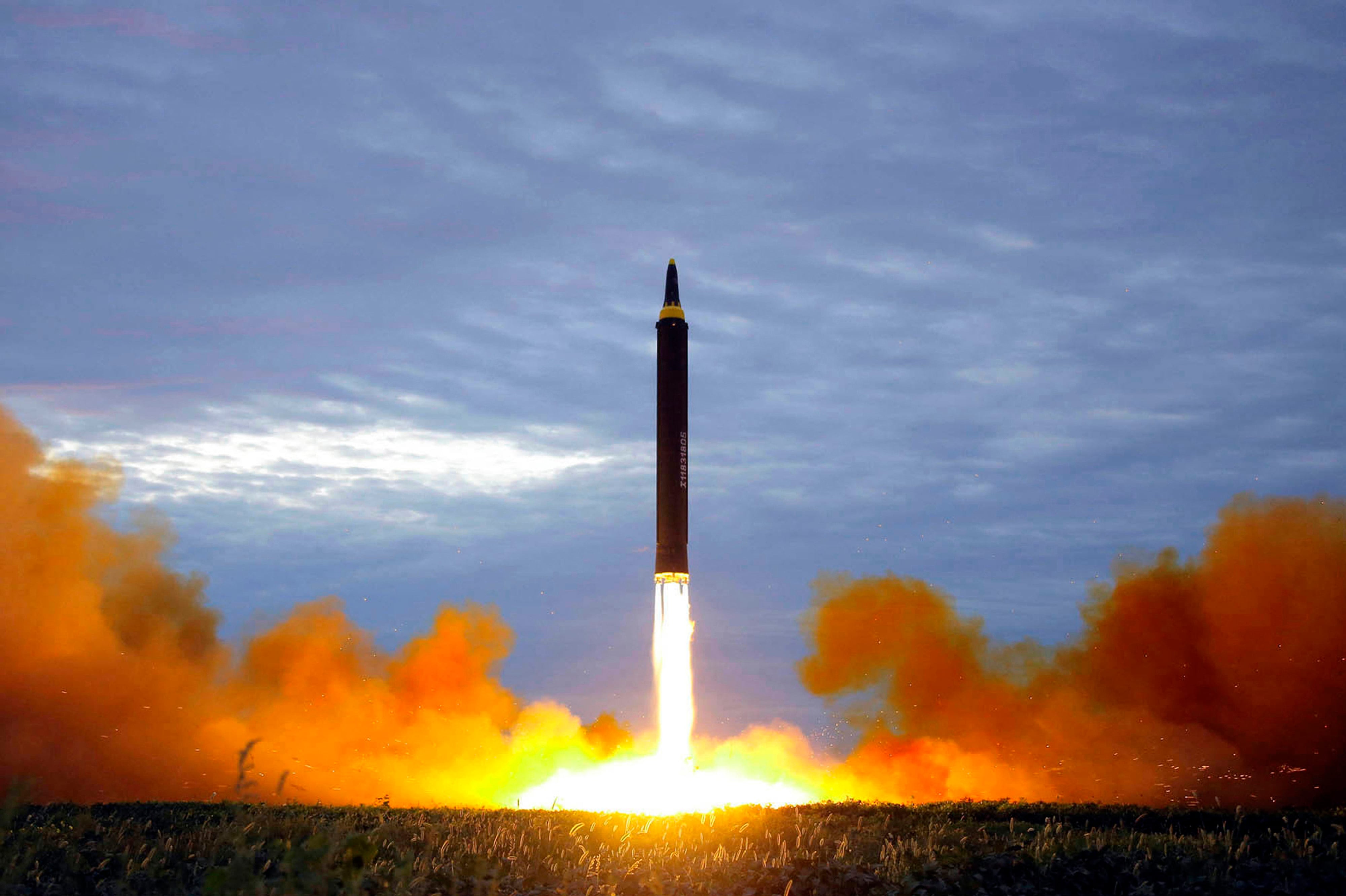If you’re reading this over the internet, you’re using technology developed by the Department of Defense science and technology enterprise. For decades, the DoD has cultivated a wide-ranging ecosystem of technical professionals, research infrastructure and partnerships that has made vast contributions to U.S. national security and economic strength. From microchips to the GPS satellites that enabled a revolution in precision warfare, the department’s S&T enterprise has been central to creating the security and prosperity our nation enjoys today.
Although technology dominance has long been central to the American way of war, U.S. military superiority is increasingly under threat. American adversaries are making rapid technological advancements and incorporating them into newly modernized forces. In response, the department has been working to aggressively position its S&T enterprise to meet the security needs of the 21st century.
Long-term success will require concentration in three fundamental areas: First, we must invest for the future while focusing on the present. This requires investing in foundational research that will create the next generation of military superiority. Second, we must cultivate a workforce of scientists and engineers ready to solve the DoD’s hardest problems. Finally, we must create and maintain world-class defense laboratories and research facilities, enabling us to work with academic and industrial partners to quickly transition technology into capabilities. Each of these elements are critical to nurturing an innovation ecosystem optimized for the department’s needs.
The road to the next great scientific or technological advance starts with basic science and research. Basic research is central to the DoD’s long-term competitive strategy to create and maintain military superiority for the nation. The DoD has a long history of conducting and sponsoring basic research, focusing on understanding how and why things work at a fundamental scientific level.
RELATED

Although basic research is often performed without obvious or immediate benefit and requires long timelines to realize its impact, the importance of continued investment cannot be overlooked. Without the department’s basic research investments — made years ago — in the new areas of autonomy, quantum science, artificial intelligence and machine learning, or biotechnology, the DoD would not possess the innovative and advanced capabilities it does today.
Basic research enables the U.S. to create strategic surprise for its adversaries and insulates the nation from technological shocks driven by the advancements of others. Stable and healthy investment in basic research is not only good to have, it is a vital component of the nation’s strategy to maintain a competitive advantage.
The DoD must use all of the tools at its disposal to develop a skilled, diverse workforce of technical professionals who are knowledgeable about the DoD’s missions and capable of advising DoD leaders on technology decisions. This includes the scientists and engineers who will conduct research in DoD laboratories and engineering centers, our industry partners, and the academic research community with whom the department closely collaborates.
There is nothing more critical to the American military’s ability to innovate than its people. For these reasons, the department relies on authorities provided by Congress to conduct flexible, direct hiring of technical professionals to work in DoD research institutions.
The department looks for the best technical professionals to join its ranks as researchers, engineers and trusted advisers to the DOD’s senior leaders. When the department attempts to incorporate new knowledge from academia or new technologies from industry, the DoD’s S&T workforce must be capable of making smart buying decisions based on sound technical judgment and an understanding of the DoD’s unique mission needs.
At a time when other nations are prioritizing the recruitment of technology professionals to bolster their military strength, the department must view its S&T workforce as a strategic resource that is fundamental to long-term technological superiority.
Many capabilities found at DoD labs are unique national treasures and cannot be found elsewhere. On average, these laboratories, which span 63 locations across 22 states and the District of Columbia, are over 45 years old. As part of its strategy to recruit and retain a world-class S&T workforce, the department must modernize its technical infrastructure, laboratories and engineering centers. The DoD should invest wisely to modernize these outdated facilities and their equipment to support the modern, cutting-edge research that our national defense demands.
As the nation once again prepares to engage in long-term strategic competition, the DoD’s S&T enterprise is the key to success. Sufficiently resourcing long-term research and technology development activities will ensure America avoids technology surprise while creating a disproportionate advantage for the war fighter. The department must make the investments necessary to educate, attract and retain the world’s best talent. As the DoD’s National Defense Strategy makes clear, advanced technologies will be central to America’s ability to fight and win future wars.
JihFen Lei is the principal deputy director of defense research and engineering for research and technology, as well as the acting director of defense research and engineering for research and technology in the Office of the Under Secretary of Defense for Research and Engineering at the Pentagon.








